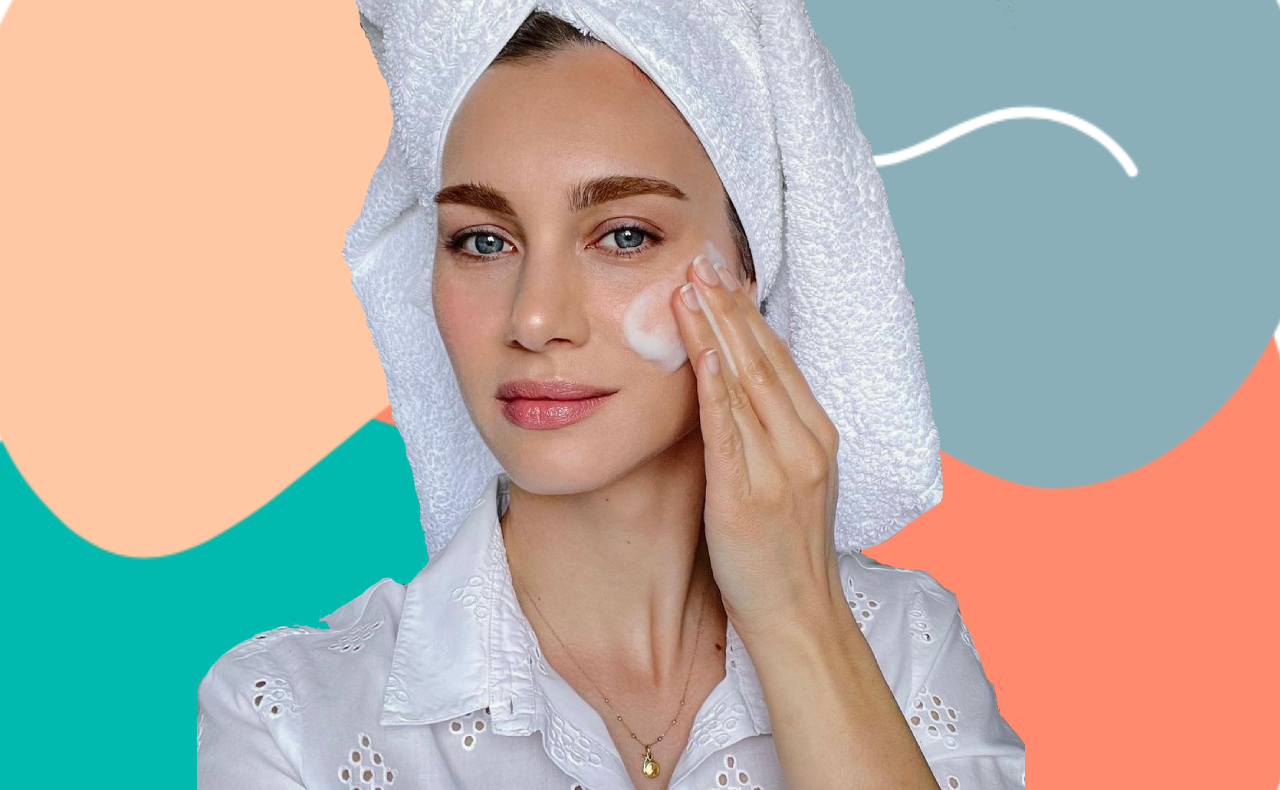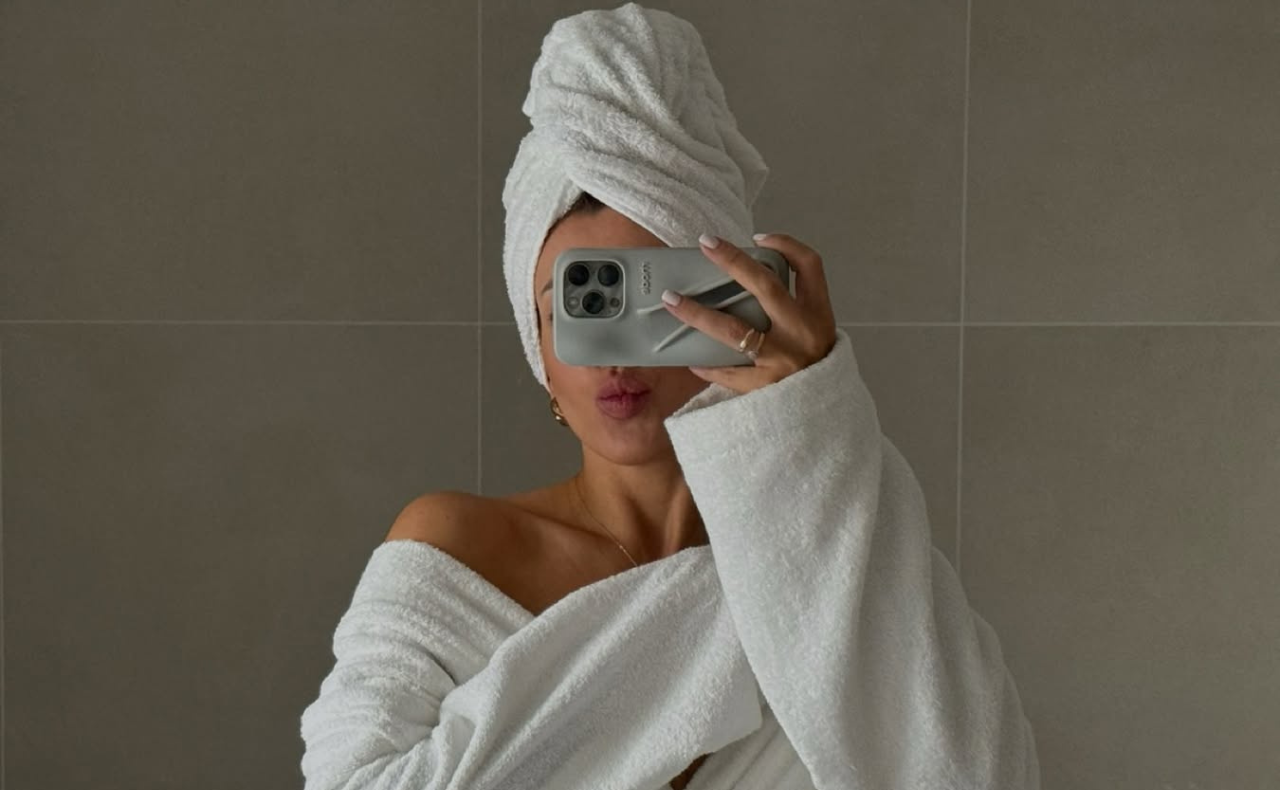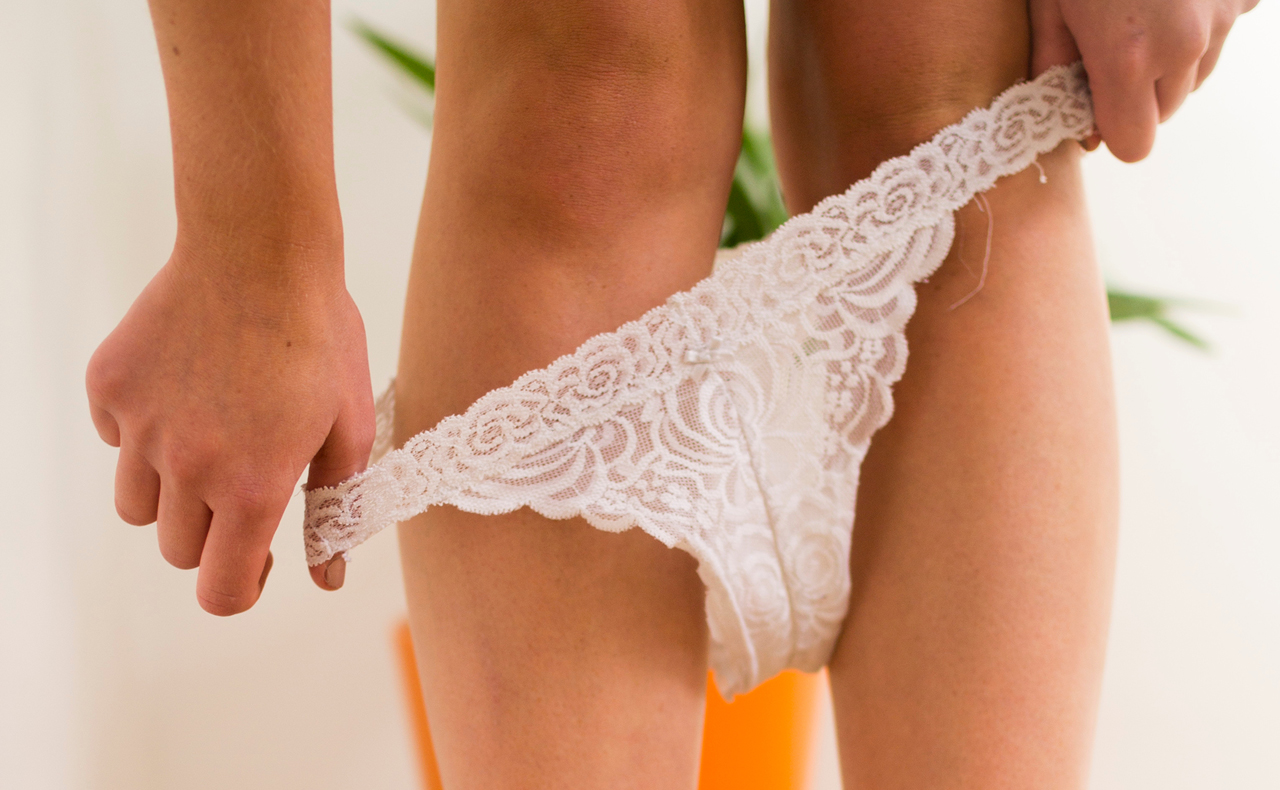There’s been a LOT of hype surrounding Korean skin care in the last few years, with beauty editors worldwide lusting after the practically pore-less, flawless skin Korean women possess. As a result, Korean skin care brands are increasingly coming to Australian shores – among them Touch In Sol and Glow Recipe, whose products are proving very popular. Naturally, our members were curious about this skin care development, so we figured it was high time we took a closer look at the trend.
Here’s everything you need to know, and if you’re looking to get the lowdown on the amazing products K-Beauty has to offer, we’ve rounded up the cream of the Korean skin care crop.
RELATED: How to switch to natural skin care without breaking out?
RELATED: Should you put milk on your skin like Cleopatra did?
Is skin care taken more seriously in Korea?
Korean skin care is all about prevention. Rather than trying to reverse the damage later in life, the focus is on nurturing your skin from a very early age. Speaking to intothegloss.com, beauty guru and Sokoglam co-founder Charlotte Cho sheds some light on taking care of your complexion in Korea: “The real differentiating factor between how Koreans take care of their skin and more Western routines is that in Korea, you’re programmed to start early – well before your first training bra. Thorough skin care is really just a part of Korean culture. It’s completely ingrained in your life since early childhood, when you’re dragged along to the communal bathhouses by your mother to have your dead skin sloughed off with bright green viscose cloths.” So yes, skin care is taken pretty seriously in Korea, with a more-is-more approach most overseas onlookers don’t even come close to taking.
What sets Korean skin care apart?
The Korean trend builds on basic skin care essentials (cleanse, exfoliate and moisturise) to include more targeted products which treat more complex skin concerns. This means that as well as the plethora of cutting-edge innovative ingredients (think maple tree sap, sea kelp and nail slime amongst scientifically-proven hyaluronic acid and anti-ageing AHAs), a fastidious Korean skin care regimen also tends to involve a lot of steps.
How many steps are we talking?
A typical Korean skin care regimen may involve as many as 10 or 11 separate steps, with the products working together to leave your skin as smooth and glowing as possible. This may seem a bit excessive to low-maintenance skin care lovers (not to mention beauties on a budget) but here’s a summary of the lengthier regimes, in case you’ve got a few hours to spare:
Step 1: Oil cleanser
To begin, an oil cleanser is used to lift away make-up and sebum. This step is appropriate for all skin types – even oily ones.
Step 2: Foam cleanser
This is the second part of the double cleanse, and helps remove any remaining oil residue, sweat, dirt and impurities from your face.
Step 3: Exfoliant
This may be in the form of a scrub or a leave-on exfoliant, and is formulated to slough away dead skin cells and smooth rough spots.
Step 4: Toner
Toners are nothing new, but in Korea, they’re loaded with soothing and antioxidant ingredients and considered a treatment in themselves. They also help prep the skin to absorb the products to follow.
Step 5: Essence
An essence is a thin, lightweight, milky formula that supplies the skin with antioxidants, anti-irritants and other repairing ingredients. It typically contains an active ingredient to optimise your skin’s natural cell turnover rate and promote skin regeneration.
Step 6: Serum
Similar to essences but thicker and more concentrated, serums are usually associated with anti-ageing – a retinol serum, for example – and are designed to sit underneath your moisturiser.
Step 7: Sheet mask
Arguably the biggest novelty of the bunch, sheet masks come individually packaged for a single-use, serum-like treatment. The sheets have an opening for your eyes, nose and mouth, and treat specific skin care concerns including dryness and discoloration. Snapping a selfie is optional (but certainly encouraged).
Step 8: Eye cream
A moisturiser specifically designed for your delicate eye area, eye creams are formulated to target fine lines, crepiness and dehydration.
Step 9: Moisturiser
Don’t be confused if you see the word ‘emulsifier’ being bandied about – this is the Korean equivalent of a moisturiser and will do the same job of hydrating your skin. You have to admit it sounds a tad more exotic though!
Step 10: Sunscreen
A non-negotiable finishing touch to your morning skin care routine, a broad-spectrum sunscreen is used to shield the skin from UV exposure and stave off wrinkles and sunspots.
Step 11: Sleeping mask
This is applied as the last step of your night-time routine to intensely hydrate and restore skin firmness as you sleep. Because if you’re a Korean skin care aficionado, you #wokeuplikethis!
Is Korean skin care suitable for me?
Those with sensitive or easily-irritated skin are particularly well-suited to a Korean skin care regimen, as they tend to be extra gentle. Why? Well, Korean people tend to identify as having sensitive skin, so cosmetic companies in Korea take this into consideration when developing product formulas. If this sounds like your skin type, but you aren’t up for the full 11 steps outlined above, you may want to consider adding just one or two additional steps to your routine to target your particular skin concerns. You also don’t have to use the whole haul every day – even Charlotte admits she usually only uses sheet masks and exfoliant twice a week! This is a good way to reduce your overall Korean beauty spend (not to mention save time).
Main image credit: @laurajung
Could you handle an 11-step Korean skin care regimen?Have you tried any Korean skin care products?





I’ve always been fascinated with the K-Beauty 10 step routine. I must say I’m a bit too lazy for that but I wish to try sometime soon. I’ve tried snail in my beauty products and the results are amazing.
I have taken the oil cleansing into my skin care routine as my makeup remover and/or sunscreen remover. It’s a real game changer! No more wasting wipes or cotton pads and it easily melts hardcore makeup.
A common mistake is that people tend to forget that you still need to wash off the oil with a face wash.